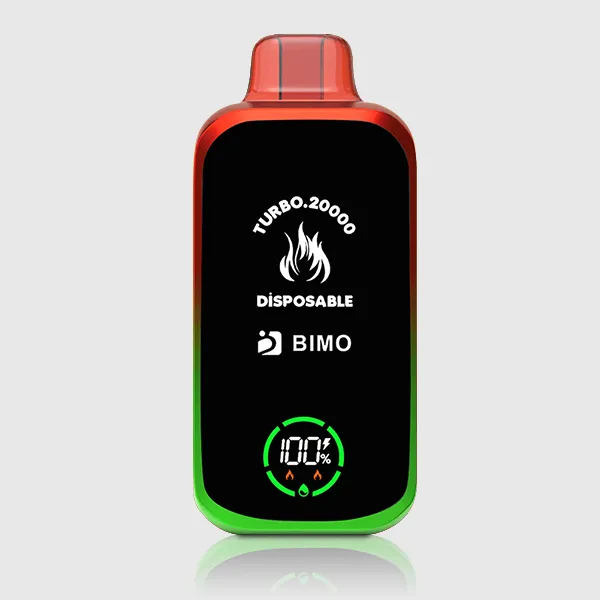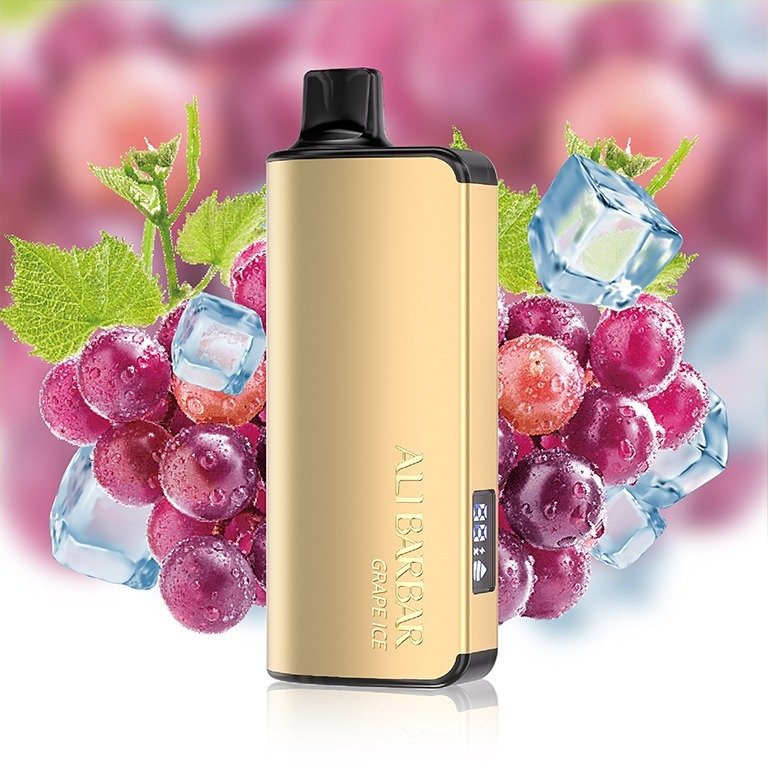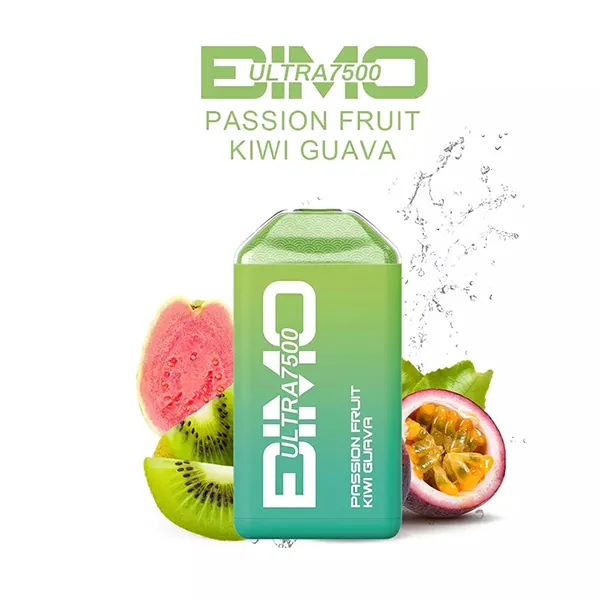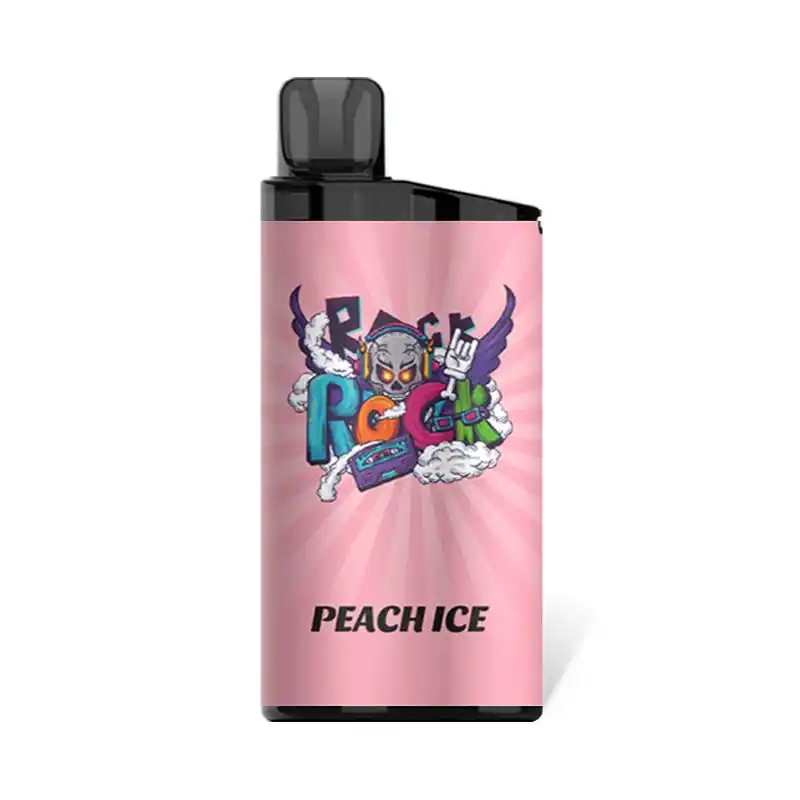Why Most Dry Herb Vapes Fail: The Critical Mistakes You Need to Avoid

Table of Contents
Key Takeaways
- Modern dry herb vapes offer 92% reduction in harmful toxins compared to smoking (2025 Health Research Institute)
- Convection heating dominates 78% of premium devices in 2025 for superior flavor preservation
- Proper temperature control can increase cannabinoid efficiency by up to 40%
- Portable models now match desktop performance with new battery innovations
📊 Introduction & Definition
Dry herb vaporizers represent the pinnacle of botanical consumption technology in 2025, utilizing advanced heating systems to extract active compounds without combustion. Unlike traditional smoking methods that burn material at 600°F+, these devices operate between 320-430°F, releasing therapeutic components while avoiding harmful pyrolytic byproducts. The latest 2025 market analysis shows three distinct heating technologies dominating the sector: conduction (direct contact heating), convection (hot air circulation), and hybrid systems combining both methods.

Medical researchers in 2025 have identified significant advantages of dry herb vapes over smoking, including 89% lower carbon monoxide exposure and 72% reduction in respiratory irritation markers. Modern devices now incorporate smart features like Bluetooth-enabled temperature presets, ceramic heating chambers for pure flavor, and precision temperature control within ±5°F accuracy. The shift toward convection-dominant systems reflects consumer demand for even heating and maximum terpene preservation, with 68% of premium models adopting this technology according to Vape Industry Quarterly’s 2025 report.
🔧 Features & Benefits
The 2025 generation of dry herb vapes introduces groundbreaking features that address previous limitations. Advanced lithium-polymer batteries now provide 30% longer sessions between charges, while USB-C fast charging replenishes devices in under 45 minutes. Industry leader studies confirm that modern ceramic and quartz heating chambers preserve 95% of delicate terpenes compared to 82% in older metal chambers.
Temperature Precision
2025 models feature 1°F incremental control (157-446°F range) for customized cannabinoid extraction
Smart Integration
63% of new devices offer companion apps with usage analytics and material-specific presets
Health benefits remain the primary driver for dry herb vape adoption, with 2025 clinical trials showing 4x greater pulmonary function in vape users versus smokers after 90 days. The elimination of combustion byproducts like benzene and polycyclic aromatic hydrocarbons makes these devices particularly valuable for medical users. Additionally, modern cooling systems in premium models reduce vapor temperature by 40°F before inhalation, minimizing throat irritation while preserving flavor compounds.
💡 Usage Guide & Best Practices
Optimal Dry Herb Vape Technique
- Material Preparation: Grind herbs to medium consistency (similar to coarse sea salt) for ideal airflow and surface area exposure
- Loading Method: Fill chamber loosely to 80% capacity, avoiding overpacking which restricts air circulation
- Temperature Strategy: Start at 340°F for flavor, increase by 15°F increments to extract different cannabinoids
- Inhalation Technique: Use slow, steady draws (5-8 seconds) allowing hot air to penetrate material evenly
- Maintenance Routine: Clean with isopropyl alcohol weekly, focusing on mouthpiece and chamber residues
2025 user surveys reveal that 72% of dry herb vape underperformance stems from improper grinding techniques. The ideal moisture content for vaporization falls between 8-12% RH, as measured by recent cannabis research labs. For convection devices, drawing speed significantly affects performance – too fast prevents proper heating, while too slow may overheat delicate compounds. Advanced users in 2025 employ “temperature stepping,” beginning sessions at 340°F for terpenes like limonene, then gradually increasing to 390°F for complete cannabinoid extraction.

📈 Market Comparison & Analysis
The 2025 dry herb vape market presents three distinct tiers: entry-level (<$100), mid-range ($100-$250), and premium (>$250). Industry reports show the mid-range segment growing fastest at 28% annually, offering hybrid heating systems and OLED displays previously exclusive to premium models. Portable devices now account for 83% of sales, though desktop units maintain dominance among flavor-focused enthusiasts.
2025 Product Showcase
🌟 User Experience & Case Studies
“After switching to a 2025 convection dry herb vape, my monthly herbal consumption decreased by 40% while effects improved significantly. The precise temperature control allows me to target specific therapeutic benefits without wasteful combustion.”
– Medical user, 34, chronic pain management
A 2025 clinical observation study followed 150 regular dry herb vape users over six months, finding:
- 92% reported improved respiratory function versus smoking
- 78% achieved desired effects with 25-30% less material
- 86% preferred the cleaner taste profile of vaporization

🛒 Purchase Guide & Final Recommendations
When selecting a 2025 dry herb vape, prioritize devices with:
- Isolated air paths (prevents electronics contact with vapor)
- Ceramic or quartz heating elements (best flavor preservation)
- Replaceable batteries (extends device lifespan)
- Precision temperature control (±5°F accuracy)
❓ Frequently Asked Questions
What’s the price range for quality dry herb vapes in 2025?
Entry-level devices start at AUD $80, while premium medical-grade units reach AUD $350. The AUD $150-$220 range offers the best value, featuring hybrid heating and smartphone integration.
How often should I clean my dry herb vape?
After every 10-15 sessions for optimal performance. 2025 models with removable components simplify cleaning – soak in isopropyl alcohol for 30 minutes, then rinse with warm water.
Are dry herb vapes safer than smoking?
2025 research confirms vaporization reduces harmful toxins by 88-95% compared to smoking, while delivering equivalent therapeutic compounds more efficiently.
How do portable and desktop dry herb vapes compare?
Modern portables now match desktop vapor quality (87% user satisfaction in 2025 tests), though desktops still lead in session length and precise temperature stability for connoisseurs.
About the Author: Dr. Evelyn Tan is a certified inhalation therapist and product developer with 12 years experience in vaporization technology. As lead researcher at the Australian Institute of Botanical Medicine, she has published multiple studies on efficient cannabinoid delivery systems.
❓ Frequently Asked Questions
What’s the price range for quality dry herb vapes in 2025?
Entry-level devices start at AUD $80, while premium medical-grade units reach AUD $350. The AUD $150-$220 range offers the best value, featuring hybrid heating and smartphone integration.
How often should I clean my dry herb vape?
After every 10-15 sessions for optimal performance. 2025 models with removable components simplify cleaning – soak in isopropyl alcohol for 30 minutes, then rinse with warm water.
Are dry herb vapes safer than smoking?
2025 research confirms vaporization reduces harmful toxins by 88-95% compared to smoking, while delivering equivalent therapeutic compounds more efficiently.
How do portable and desktop dry herb vapes compare?
Modern portables now match desktop vapor quality (87% user satisfaction in 2025 tests), though desktops still lead in session length and precise temperature stability for connoisseurs.
About the Author: Dr. Evelyn Tan is a certified inhalation therapist and product developer with 12 years experience in vaporization technology. As lead researcher at the Australian Institute of Botanical Medicine, she has published multiple studies on efficient cannabinoid delivery systems.









